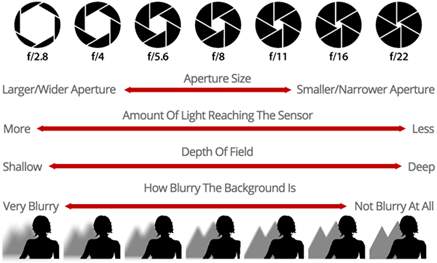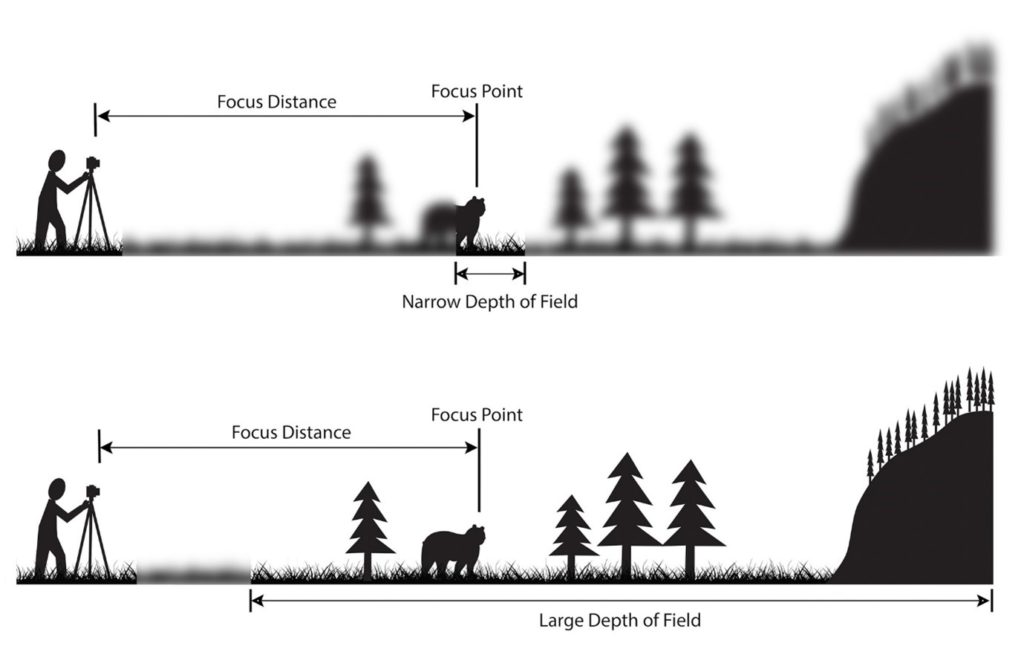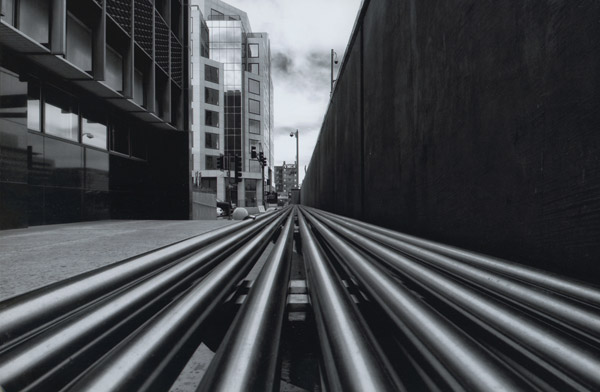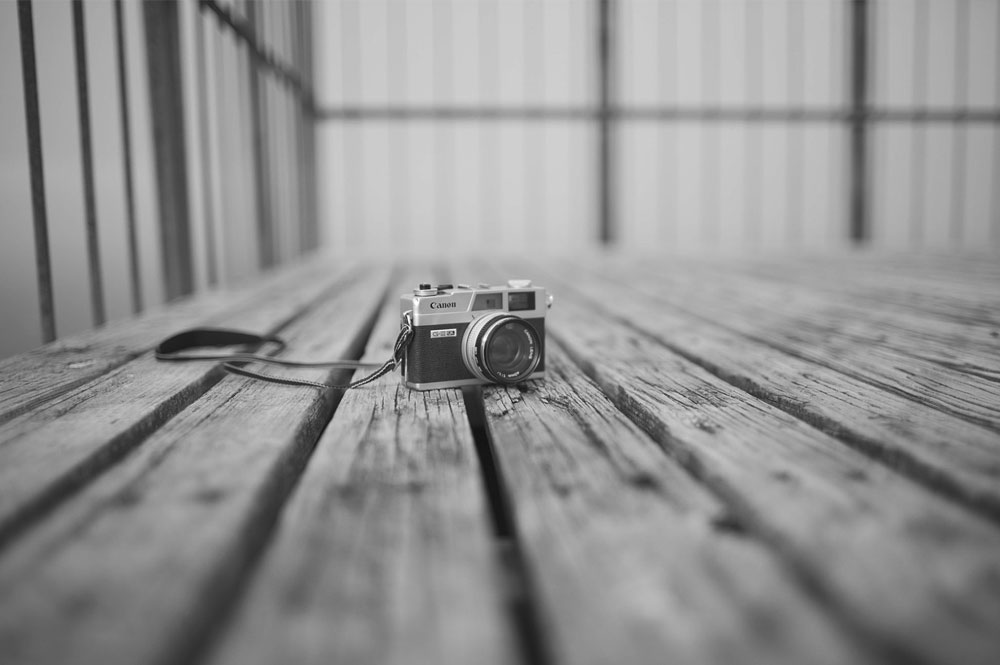What is aperture?
Aperture refers to the opening of a lens diaphragm through which light passes. Photographers can manually control the aperture by switching to ‘A’ or ‘AV’ mode and then changing the f/stops using the dial on their camera It is generally written as numbers such as 1.4, 2, 2.8, 4, 5.6, 8, 11 and 16. The lower the f/stop, the bigger the hole, meaning it lets more light into the picture and it is a larger aperture. The higher the f-number, the smaller the hole, meaning less light is let into the photo and the aperture is lower.

Aperture also effects the Depth of Field. The wider the aperture, the less depth of field you capture, causing a blurred background as the focus point is on the subject. The smaller the aperture, the deeper the depth of field, resulting in a sharper background.

Example of a narrow depth of field

Example of a shallow depth of field

